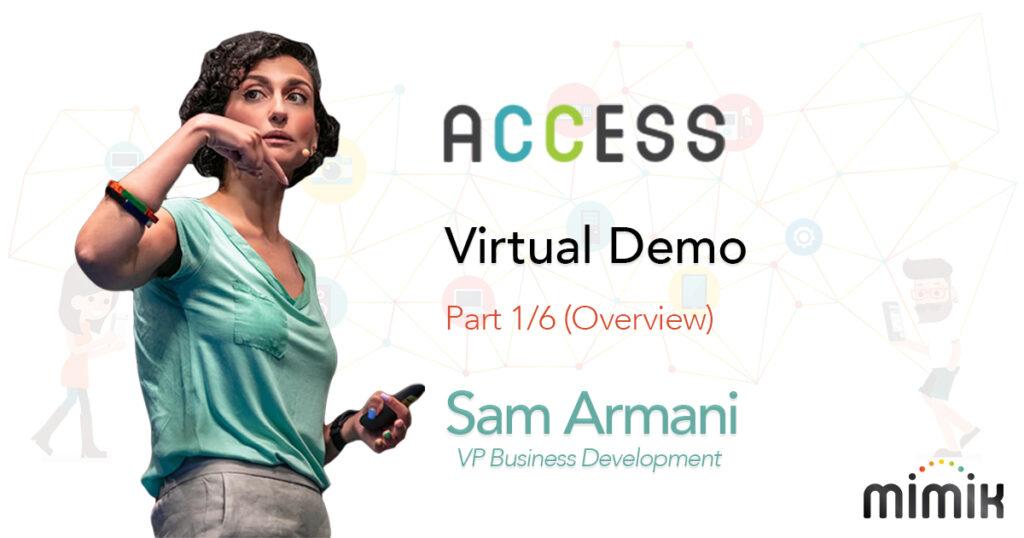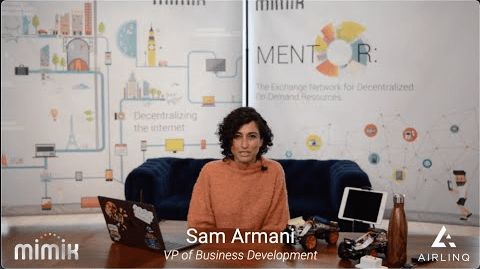VMblog recently came across a Vancouver-based software company called mimik which has developed and launched a platform to extend the cloud to the edge. Unlike others, mimik’s approach is not about new hardware or specialized edgeCloud hosting service. Instead, the company offers a platform for transforming cloud-based applications to enable existing computing devices to act as cloud server nodes at the edge of the network, when plausible. To learn more, we spoke with Siavash Alamouti, the company’s president and CEO.
VMblog: In order to kick things off and set the stage, why don’t we begin by telling readers a bit more about mimik.
Siavash Alamouti: mimik technology, Inc. is a business to business software company. mimik’s mission is to help enterprises and software developers optimize application development, deployment, and maintenance and optimally protect their data using edgeCloud. mimik’s long-term vision is to extend the cloud to the edge to create a larger, faster, and more efficient cloud with better data privacy; i.e., the edgeCloud. An edgeCloud is formed when computing devices that are commonly used as client devices such as PCs, smart phones, game consoles, or networking equipment such as routers, gateways, set-top boxes, and cellular base stations, can act as cloud servers, working seamlessly with servers in data centers (aka Central Cloud) to host and service applications. With mimik public, private and edge work together as a single hybrid cloud fabric.
VMblog: What are the benefits of edgeCloud?
Alamouti: We are amid a transition from mobile internet to a hyper connected internet with over 200 billion connected devices and millions of applications and systems connecting and communicating with each other across domains driven by data and artificial intelligence. The enterprise cloud transformation, Internet of Things (IoT) and 5G trends have been driving the proliferation of smart devices at the edge. As a result, internet bandwidth and computing resources in centralized data centers are straining to keep up with the huge amounts of new data coming from connected devices at the edge of the network. At the same time, client applications are becoming more complex and more difficult to develop, update and maintain.
To address these challenges, mimik’s platform enables all devices with computing resources such as PCs, smartphones, routers, game consoles, and IoT gateways to act as cloud servers when feasible. mimik’s edgeCloud platform transforms cloud applications from a fixed client-server architecture where server functionality is limited to servers in data centers to a distributed architecture; enabling so-called “client” devices to act as servers when feasible.
The edgeCloud accelerates application design, development, deployment and maintenance, reduces cost of cloud hosting, and will offer better scaling, security, and optimal data privacy. In addition, edgeCloud results in lower latency and bandwidth usage, reduces system-level energy usage and helps reduce carbon footprint.
Today, mimik’s platform and edgeCloud Engine are being used to build faster and more efficient multi-player games, innovative mobile health and fitness services, and even turn laptops and dongles into base stations acting as cloud servers for cost-effective internet access in rural areas with limited communications services.
VMblog: What can you do with mimik that was previously not possible?
Alamouti:
- Peer-to-peer application communication across devices and operating systems with or without access to Internet. As an example:
- Smart manufacturing plants where all equipment needs to communicate, on-site supervisor, staff, etc. Similarly, in classrooms, offices, etc.
- Employees use communications tools such as Slack in the same office. Today, all these messages are sent to servers in data centers outside the office. In fact, applications like Slack can’t even start without Internet. With mimik edgeCloud Engine, these applications could communicate with each other over any network without connecting to an Internet backbone.
- CloudCell: With likes of Lime Microsystems, mobile operators could offer cellular coverage and also host edgeCloud-based applications in poorly connected rural areas), without any need for reliable connectivity to an internet backbone.
- Information sharing across multiple applications on the same device, such as:
- Imagine going to your local drugstore and using a loyalty card on your mobile wallet. The drugstore has an affiliate program that offers an additional discount if you pay with your Visa card. Today, even though both companies have apps on your device, they must communicate through their backends running on central cloud. So, the communication must go through outside the device. With mimik, the drugstore’s application could directly communicate with the Visa card app to exchange and notify the user of the additional benefit.
- Imagine a large group of friends on a bus trip, each with their own playlist of songs on their mobile devices. They can flag their favorite music and make it available to the bus’s infotainment system. The music stays on each passengers’ device but streams from multiple passengers’ devices to the bus’s entertainment system; creating an ad hoc jukebox.
- Cross-domain application experience: As we’re transitioning from the mobile internet to hyper-connected internet, everything must communicate to everything. Imagine a gamer playing a game on a mobile device while wearing a Fitbit device and using the heart rate information in the game, or a gamer playing a shooting game with an iRobot Vacuum cleaner.
- Data anonymization and processing on originated device: today more and more financial institutions are becoming sensitive to moving data around. Instead they prefer to keep the data on the originating device and just can get insight. In an era where every device and application generate data you have to process this data on the edge nodes where data is created. Therefore, you must have microservices on edge device close to the application’s demand.
VMblog: And how is mimik different from competitors?
Alamouti: mimik is the only company with a true edgeCloud platform that’s deployed by customers and works seamlessly across operating systems, networks and public/private cloud. Developers do not need to learn any new development language or tools. mimik edgeCloud Engine is optimized for all major OS(s) including:
- Android, iOS, Windows, Mac-OS, Linux, Raspbian, QNX and Tizen. The SDK is also compatible with well-known gaming platforms.
For mimik, edge means any device with OS, compute, storage and connectivity.
VMblog: How is mimik different from fog computing?
Alamouti: In the hyper-connected world, systems trigger actions. Every action may have a reaction that may lead to a transaction. There are a few important questions: What triggers an action? Where are these triggers generated? How do we enable these triggers to be processed as close as possible to where they’re generated? How do we enable reactions to be communicated to trigger the next set of transactions? In such a world, we can’t scale by processing every trigger, action, reaction and consequential transaction through central cloud. Fog computing’s answer is to create new boxes to offload processing close to where the data is generated through an edge gateway or a fog computing node. However, any computing device with an OS that can run a “client” application can also generate trfor actions, and process transactions close to where they need to happen. The mimik edgeCloud platform works seamlessly with public and private cloud across opera
ting systems and networks without a need for a dedicated gateway. In effect, mimik enables any computing device to act as a “fog computing” gateway that can host any application (beyond IoT), reducing the need for additional dedicated hardware, reducing deployment and management costs, improving data privacy and improving latency and bandwidth efficiency.
VMblog: Are there any security implications of this architecture?
Alamouti: At the edge, security becomes a crucial aspect of how microservices communicate. Certain elements like firewalls, and network partitioning are very common in central cloud but don’t generally exist on the edge. Therefore, it is necessary for us to handle the following five levels of security:
- Communication level
- All edgeCloud Engine to edgeCloud Engine communication need to have proper token for authorization and authentication.
- Data level
- All data encrypted based on AES 128bit
- Protocol level
- https & secure WebSocket
- Application level
- OpenID connect
- Container level
- Every microservice is running within their own container
VMblog: Who are the current customers and benefits experienced?
Alamouti: Some current customer examples and benefits experienced include:
- H2 wellness: health and fitness applications being built on mimik edgeCloud platform, early results indicate 90% savings in cloud hosting costs, development and maintenance time cut down to one quarter, and user engagement more than doubled.
- 3BD: gaming applications being launched in a month enabling cost-effective, efficient, and low-latency multi-party cross-platform gaming.
- Lime microsystem: ability to provide Cloud services in areas with little or no internet backbone.
VMblog: As technologists, we’re always after the next big thing – what does mimik think comes after edgeCloud?
Alamouti: Edge cloud is the necessary foundation to enable the hyper-connected internet and X2X communication. The next generation of applications will be cross-domain applications that will change the way we produce and consume information and interact with things around us, such as data rights, privacy and monetization for users with data as a currency, and methods to verify accuracy of information, and prevent disinformation.
##

Siavash Alamouti is President & CEO at mimik. Prior to mimik he was the Group R&D Director for Vodafone where he managed R&D, corporate venture and IPR for the entire group. Before Vodafone, he was an Intel Fellow and CTO of The Mobile Wireless Group where he championed Mobile WiMAX and WiGig technologies. Prior to Intel he was the CTO at the start-up company Vivato (the first smart antenna Wi-Fi company) and before Vivato, he worked in various capacities at Cadence Design Systems, AT&T Wireless, and MPR Teltech.




